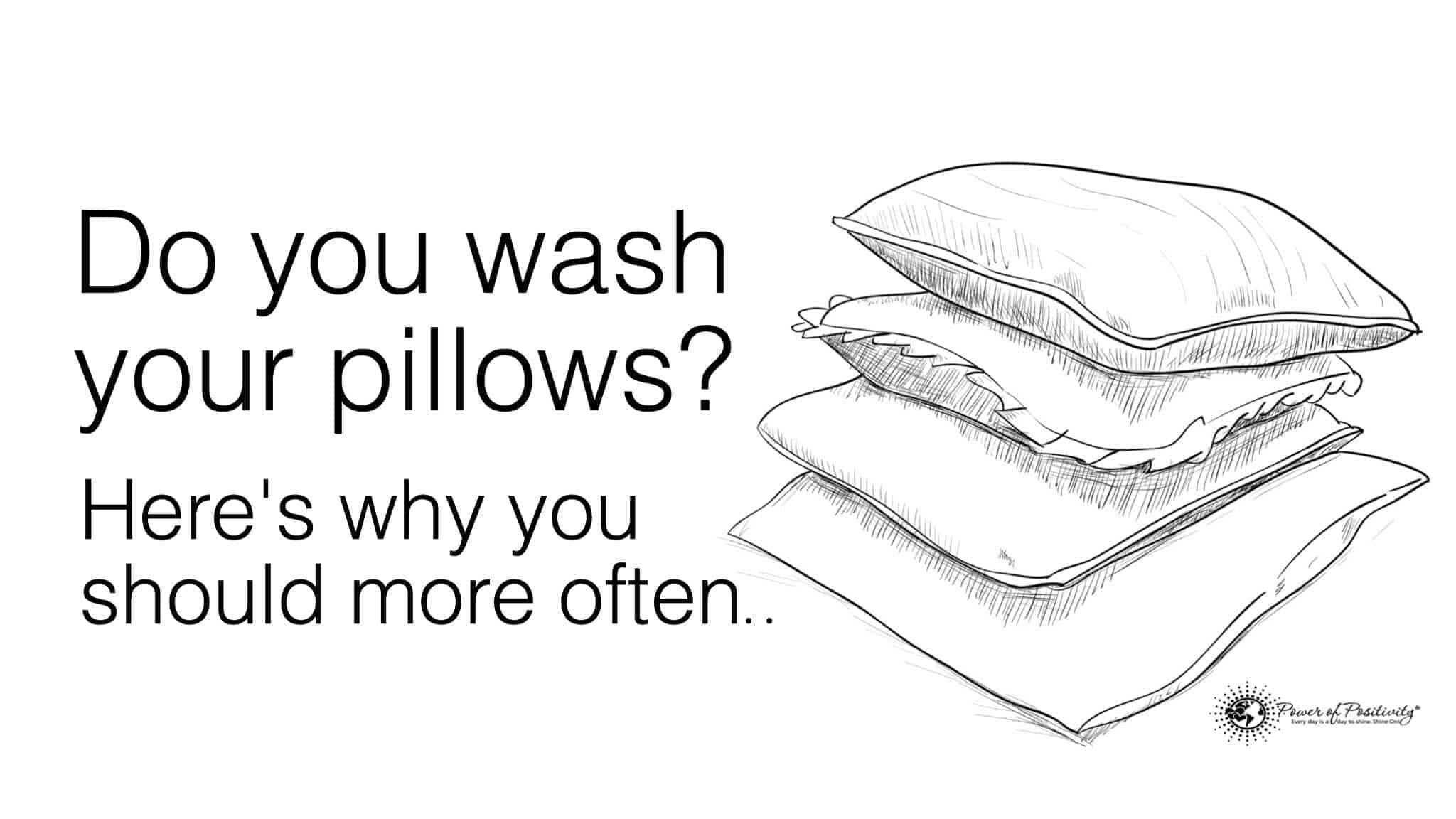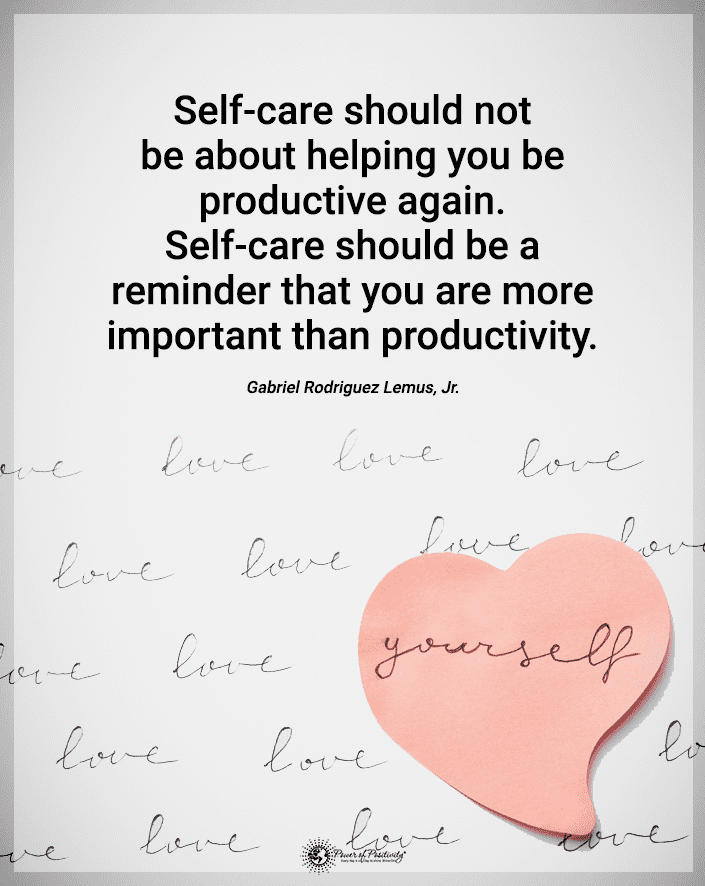What it is about bedding that causes us to ignore cleaning it? Most of us are pretty good about sheets and blankets, but what about everything else? While our beds and pillows may not get much attention, we spend a lot of time in them. Not paying attention to the cleanliness of our sleeping space is, in a word, gross.
Here’s why you should wash your pillows often:
According to various experts, we should wash our actual pillow every three months, and the pillow covers every three weeks. Why? Pillows are a favorite habitat for some pretty disgusting things, including countless numbers of bacteria and fungi. Dirt, dead skin cells, and skin oil seep into every tiny crevice. Oh, and a relative of spiders, the dust mite, loves to visit our bedding en masse.
The accumulation of dust mites is also a health concern, causing physical reactions that imitate allergies. Statistically, two-thirds of all people with allergies are sensitive to the presence of dust mites – meaning more severe allergic reactions. If this rational discourse isn’t enough, just Google “dust mite” and click on “images”…yeah…an ugly little sucker. Imagine a colony of these just nesting in your bed, blankets, and other bedtime accompaniements.
Many allergens are airborne – transmitted through the air and inhaled. This is not the case with dust mites; symptoms that accompany the presence of dust mites are usually strongest in the morning. In other words, if “allergic” symptoms are more severe in the morning, the pillow may be the issue. Doctors also recommend that people with year-round nasal allergies get tested for a dust mite allergy.
Further, we should have a cover for every one of our pillows, washing and drying them at least every three weeks. Further, zippered protectors can assist with lessening the buildup of mites, bacteria, and fungus.
Pillows other than those with feathers can be cleaned in the washing machine. Those containing feathers should be dry-cleaned to prevent damage. Again, ensure that the pillow is cleaned at least once every three months. In between cleanings, cycling a pillow for thirty minutes on low in the dryer can help clear out the accumulated dirt, dust, and debris.
Here are some additional pillow tips:
– Replace your pillows every six months if heavily allergic.
– For those with no allergies, a replacement once every year or two will suffice.
– It is more important to clean your pillows than to replace them.
– Mark on a calendar when you clean pillows and covers. Schedule the next cleaning date for both.
– If allergic, get tested for dust mite allergies.
– Between cleanings, cycle them in the dryer on a low setting for thirty minutes. This helps to clear out some of the clutter.
Here’s a quick way to test if your pillows need to be replaced: fold the pillow in half and place a book or shoe on top. If you let it go and the object is flung off, the pillow is still fine for use. If not, it’s probably time to find another pillow.
However, you can launder your still usable pillow as follows:
Washing
– Check the label and confirm the pillow can be machine-washed (most can)
– Remove the pillowcase and any pillow protector
– Fill washing machine 1/3 full with hot water (hint: a substitute for boiling water to get a deeper clean)
– Add these ingredients: 1 cup of laundry detergent, 1 cup of powdered dishwasher detergent, 1 cup bleach, and ½ cup of Borax. Or, just add regular detergent for a less-intensive clean
– After the detergent dissolves, add the pillow(s) and fill the washer with hot water (hint: 2 pillows are ideal for one cycle)
– Halfway through the cycle, flip the pillow(s) over. This evens out the effects caused by the hot water stream.
– Repeat the rinse cycle.
Drying
– Use the air cycle for down and feather pillows. You can dry synthetic materials using low-heat setting.
– Place pillow(s) in the dryer (hint: adding tennis balls wrapped in several clean socks can help fluff it as it dries). Set them outside in the sun to dry on a nice, warm day.


















